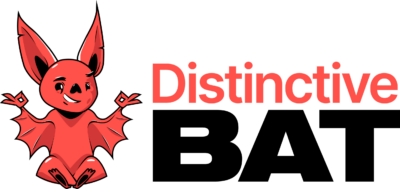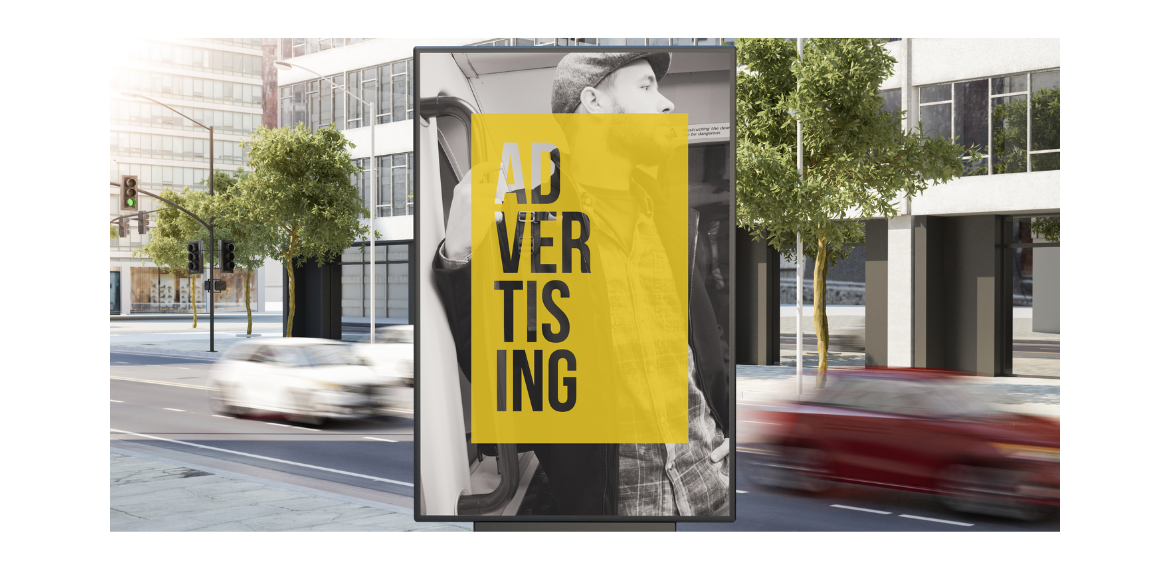
Improving Advertising Effectiveness Using Distinctive Brand Assets
Improving Advertising Effectiveness Using Distinctive Brand Assets
The first job of advertising is to get attention, the second job is for them to know it’s you. Making sure consumers know an advert belongs to your brand, who wouldn’t want this? But between all the storyboard meetings, the late-night agency calls on messaging or deliberations on whether or not the talent is “on brand”, ensuring consumers know a piece of communications is from your brand is often overlooked…something a layperson would find bonkers.
But the truth is that the percentage of adverts that are recognisable and later recalled is frighteningly low no matter what source you look at.
- 75% of consumers cannot correctly identify the TV ad and brand the day after exposure according to Nielsen TV Brand Effect research1
- On average only 6% of online ads are later recalled according to data from Nielsen Brand Effect studies
- Only 16% of advertising is both recalled and correctly attributed to the brand according to a study2 of TV ads by the Ehrenberg-Bass Institute
- A Google/IPSOS experiment saw Ad Recall only increase 13% points above the “No Exposure” baseline for 30sec TrueView ads3
While several factors are responsible for this (attention being a key one), ensuring consumers attribute the advert to your brand and consign it to memory is critical in ensuring your communications are more effective and ultimately improve ROI. Again, we will throw a number of stats at you to hopefully prove this point.
- Campaigns with “Fluent Devices” (e.g. characters) over perform by 32% on key measures (such as market share or profit gain) according to research by System14
- An analysis of 1300 TV campaigns from the Ebiquity ROI Benchmark Database5 saw 62% higher ROI in campaigns with fluent devices and Distinctive Brand Assets of note
- A recent IPSOS study6 showed uplifts of 34% where distinctive assets were embedded & used, with the same study showing high-performing ads were 6 times more likely to utilise character-led DBAs
And it’s not simply a case of plastering your logo everywhere or mentioning the brand more. A Kantar Link copy test study7 showed no correlation between respondent branding scores and the number of times the brand was mentioned in the adverts.
Here is our checklist for ensuring that your branding scores increase to improve the performance of your comms and ultimately the ROI of your campaign through the use of Distinctive Brand Assets (DBAs).
1) Reconcile That We Work In Marketing
I’m sorry to break it to you, but our job is to sell more. This requires consumers knowing the advertising we are making belongs to your brand, which requires it to be well-branded. The first point is to reconcile that we work in marketing, and we’re not producing art! While we don’t want to turn into “make my logo bigger” merchants, the first step on the road to Damascus is to agree to make a well-branded ad. Luckily DBAs will do that for you and avoid the need to just make your logo bigger. On a related note, listen to the good people in your pre-testing provider if the results come back with a poorly branded advert.
2) Know What Your Distinctive Brand Assets Are
Obvious we know, but if you don’t know what your distinctive assets are, then you won’t know what devices you can use to increase the chances consumers recognise that the beautiful piece of creative belongs to you (Shameless plug, this is where we can help). You also need to be incredibly conscious and realistic about how well-known your brand assets are, you may think an icon or pattern belonging to your brand is well-known, but the chances are your light buyers do not recognise it which will impact your branding scores but more importantly your ROI.
Distinctive Asset Measurement: Brand Research That Provokes Action
Used by some of the world’s most distinctive & leading brands






3) Briefing – Ruthlessness Level
Once you know your DBAs, you can now plan for how to use them. The difficult choice here will be how ruthless you want to be. Is your key DBA the lead character of your creative or campaign? (Compare the Market Meerkats). Or will it just be a mandatory but important supporting character? (Guinness black and white pint). Or will it be the frame for how the creative is executed (Red Bull illustrative style). Whatever choice you make, get it down in the brief to the creative agency and ensure they know the response needs to have your key DBAs central to it. And don’t worry about hampering creativity, good creatives produce their best stuff when working within the constraints of a brief.
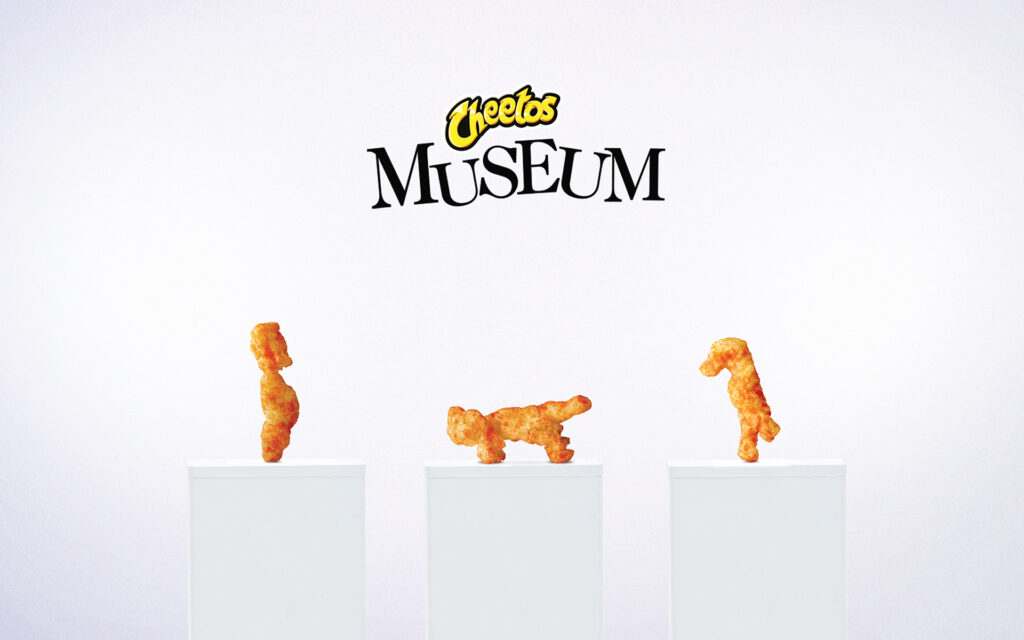
4) Play With Your Assets
Now it gets fun. This is where you and your creative agency get playful with how your DBAs are used. It should be clear in the brief at this stage what is mandatory, now is the time for the creative agency to work their magic. The key point here is to ensure you bring your DBA(s) to life. One note of warning however, be careful how far you stretch the use of the asset until it is properly embedded. We can’t all use half a DBA like McDonalds.

5) Avoid Category Generic
The crux of the category generic issue is that certain communications can blend in with the rest of category communications (and also signal competitors), with the largest brand often winning out. If your brand looks the same as your competitors, consumers will struggle to remember who it is from and not store it to memory. Know what your generic category codes are and avoid where possible.
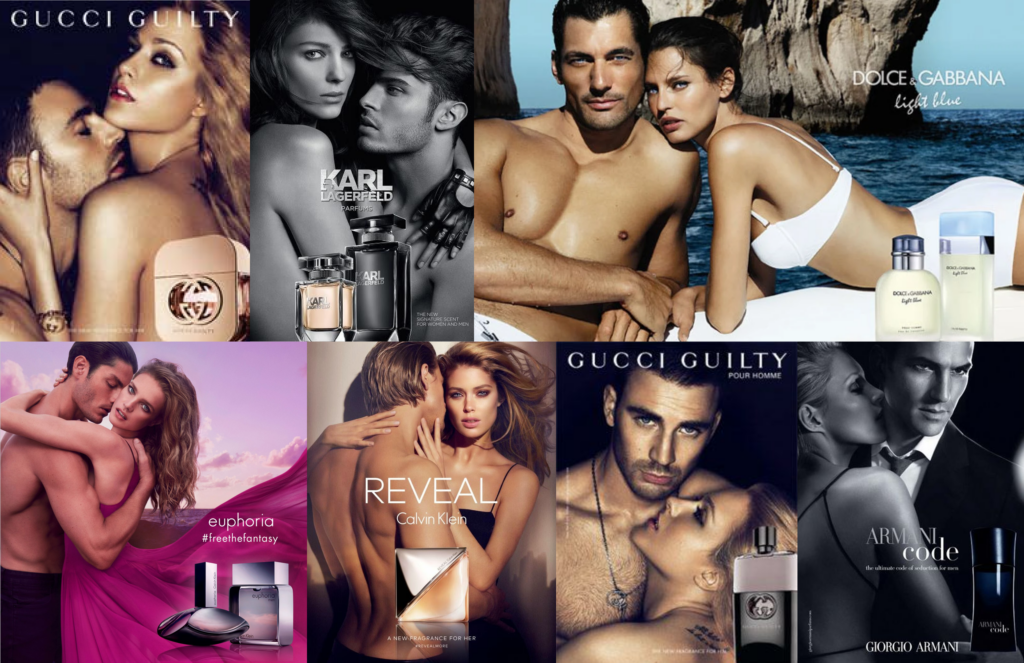
6) Campaign Integration – Use Your DBAs Across Channels
Distinctive Assets are a key component of maximising the synergy that comes from an integrated campaign. Analysis performed by Kantar8 saw integrated campaigns (with DBAs central to integration) 31% more effective versus non-integrated campaigns (which increased to 57% when campaign assets were customised by channel, more on this in the next point). Unfortunately, your campaign tagline or slogan may not be enough to land the brand alone so utilising additional DBAs across all assets and channels is critical. You need to include your DBAs on every one of your channels, across your shopper assets, on social media content, as part of partnerships or sponsorships, within your OOH and print, everywhere. DBAs are what makes an integrated campaign integrated.

7) Customise Creative to Channel
“You can’t just plonk a 30-second TV ad up on YouTube” the oft-said line from millennial marketers everywhere. But why? If it’s good enough for TV can it not work on YouTube or other VOD channels? A key part of this comes down to the role of DBAs, where and how they are featured. With high skip-through rates, leaving your branding devices to the end is a missed trick in getting your brand in front of as many consumers as possible. It’s like Nespresso only introducing George Clooney at the end of a digital ad. Format depending, you could be getting millions of free “working” impressions if your advert is nudging your brand within the first 5 seconds, all helping towards making your brand more salient. The benefit of having embedded distinctive assets also means you don’t feel the need to force in your logo and brand name too often, other distinctive assets can do the heavy lifting for you (especially once embedded).
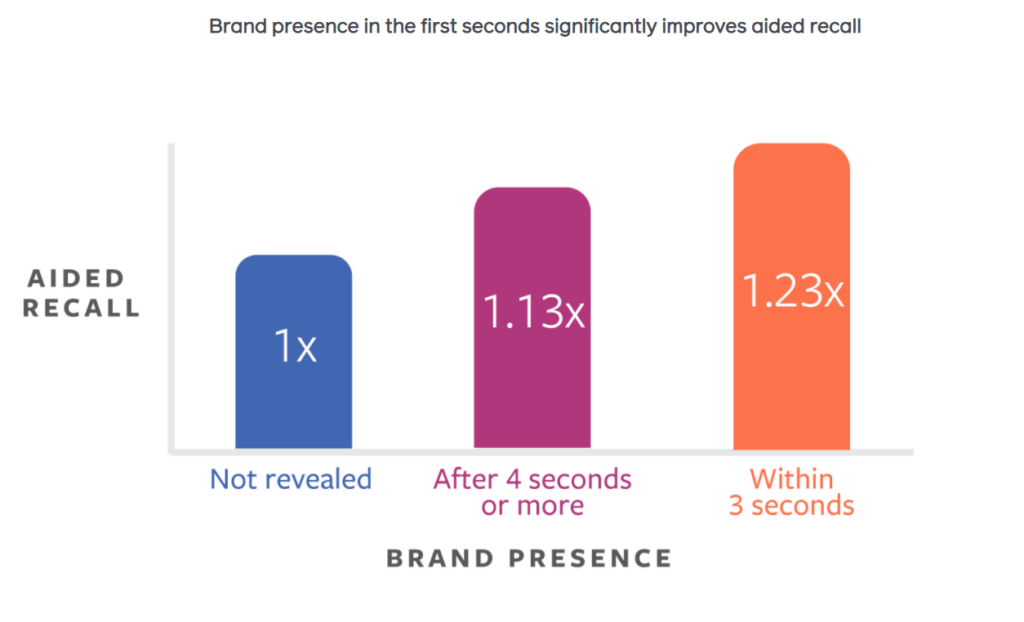
8) Have a Measurement Plan
So your campaign has your Distinctive Brand Assets at the heart of it, your key DBA is central to the story, your ads look like you and are not signalling your bigger competitor, your assets look familiar across all touchpoints but have been adapted to work with the channel, you’ve struck that perfect balance. What’s next you ask?
That’s right, a measurement plan. We recommend you tick off both of these areas as part of your wider measurement and evaluation plan
- Pre-Testing – All pre-testing solutions will have a diagnostic for branding i.e. does the ad connect back to the brand. While opinion is often mixed on the wider benefits of pre-testing creative, getting scores on the branding metric is worth the investment alone. Consider improving this metric by 40% is as good as getting 40% more media budget.
- Distinctive Brand Asset Tracking – By tracking your brand assets over time, or before and after a campaign, you will be able to see how your marketing activity is helping embed your Distinctive Brand Assets; this is where Distinctive BAT can help, more here. By tracking your brand assets, you will also better understand what assets should be featured in your future creative, the role they can play for you and any potential threats.
By ensuring you follow these 8 steps you will be well on your way to fully maximising Distinctive Brand Assets in improving the effectiveness of your advertising.
References
1 Nielsen – Maximize Your TV Advertising Effectiveness
2 Byron Sharp – How Brand’s Grow
3 IPSOS/Google – How Sequencing Ads Drive Impact
4 System1 Group – Creativity & Effectiveness: Developing creative best practice for Long-term growth in a multi-platform world
5 Ebiquity – How creativity drives advertising effectiveness
6 IPSOS – The Power of You
7 Kantar – Improving the branding of your TV advertising
8 Kantar – AdReaction The Art of Integration 2018
9 Facebook & MetrixLab – Stand Out in Feed: Optimizing Video Creative on Mobile
Have any questions on Distinctive Brand Asset Research or Tracking? Drop me a message via LinkedIn or email at hello@distinctivebat.com
Distinctive Asset Measurement: Brand Research That Provokes Action

Used by some of the world’s most distinctive & leading brands






